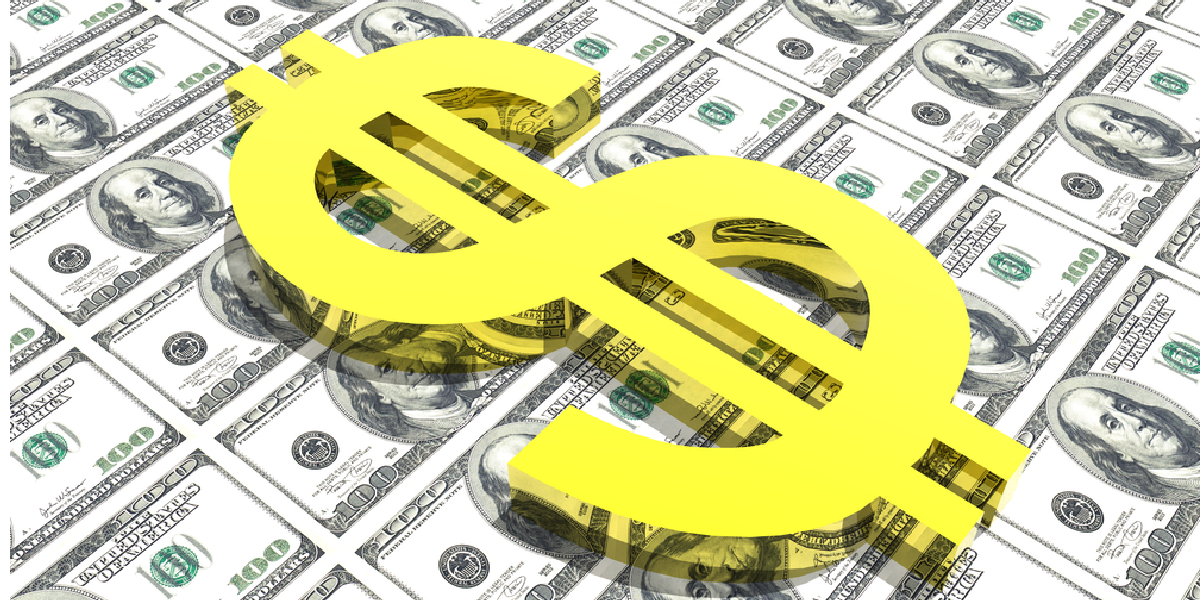Climate-Induced Threats to Europe’s Economy
The Rising Climate Risks
In this section, we’ll explore the increasing threats posed by extreme heat, wildfires, and floods to Europe’s economy.
Europe is facing a growing menace – the impacts of extreme heat, wildfires, and floods are looming large, and they could pose substantial threats to the region’s economy. The European Commission recently sounded the alarm, warning that these mounting climate risks might start to take their toll as early as this year.
Downgraded Economic Predictions
Let’s delve into how these climate risks have influenced economic forecasts for the coming years.
In its latest economic forecast, the European Union’s executive arm, the European Commission, revised its growth predictions for the region in 2023 and 2024 downwards. However, even these less optimistic forecasts might not capture the full extent of the looming challenges.
The Cost of Climate Risks on the Economy
In this section, we’ll examine the potential costs that these climate risks could impose on the European Union’s economy.
The European Commission emphasizes that the realization of these climate risks comes with a hefty price tag for the EU economy. This cost encompasses not only losses in natural capital but also a deterioration of economic activity, including the crucial tourism sector.
Impact on GDP Growth
Let’s explore how these climate-induced challenges are affecting the European Union’s Gross Domestic Product (GDP) growth.
The European Commission’s revised expectations for GDP growth paint a sobering picture. The projection for this year has been adjusted to a mere 0.8% growth, down from the previously forecasted 1%. Similarly, next year’s growth prospects have been scaled back from 1.7% to 1.4%. Weak domestic demand, fueled by high inflation and rising interest rates, is cited as the primary reason for these downgrades. However, the Commission acknowledges significant uncertainty surrounding these forecasts, with extreme weather events being a significant concern.
Tourism Takes a Hit
In this section, we’ll analyze the impact of climate-related challenges on the tourism industry, a crucial part of the European economy.
Tourism plays a pivotal role in some European countries, contributing up to a fifth of their annual GDP. However, scorching temperatures in southern Europe and record-breaking summers are causing Europeans to reconsider their vacation plans. This year, there has been a 10% drop in European tourists planning trips to Mediterranean destinations. Conversely, countries with milder weather, such as the Czech Republic, Bulgaria, Ireland, and Denmark, are experiencing a surge in popularity among travelers. Even tourists from outside the EU are shifting their preferences toward cooler northern destinations due to continental Europe’s heatwaves.
Environmental Impact on Tourism
Let’s explore how global warming can further impact the tourism sector through beach erosion and wildfires.
Global warming poses a dual threat to tourism. It accelerates the erosion of beaches, a vital attraction for coastal destinations, and amplifies wildfires that devastate forests, which are also part of Europe’s “natural capital.” Rising temperatures put the EU’s third-largest economy at risk, with tourism and agriculture being the most exposed sectors, as highlighted by the Bank of Italy in a study published last October.
Agricultural Challenges
In this section, we’ll discuss the challenges faced by agriculture, particularly the olive oil industry.
The scorching temperatures have already had adverse effects on olive trees for two consecutive years, leading to concerns of soaring prices and potential shortages of olive oil. In Spain, the world’s largest olive oil producer, production has plummeted. The full extent of the damage won’t be known until the harvest season in October and November, but European olive oil production could drop by over 30% compared to its five-year average.
Broad Economic Vulnerabilities
Let’s examine how sectors beyond tourism and agriculture, such as construction and manufacturing, are vulnerable to extreme heat.
Construction and manufacturing sectors are also susceptible to the impacts of extreme heat. Southern Europe’s prolonged exposure to temperatures exceeding 40 degrees Celsius for several days can significantly disrupt economic activities, affecting economies more broadly.
International Concerns
In this section, we’ll discuss international perspectives on the economic risks associated with climate change.
The International Monetary Fund (IMF) has also voiced grave concerns about the economic well-being threatened by climate change. IMF Managing Director Kristalina Georgieva called upon G20 members to lead by example in fulfilling promises of $100 billion per year for climate finance. She emphasized the need for countries to mobilize domestic resources to finance the green transition through tax reforms, efficient public spending, strong fiscal institutions, and robust local debt markets.





